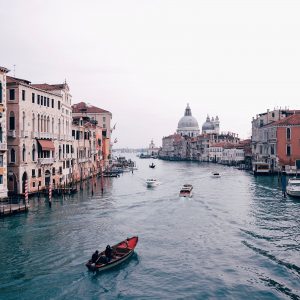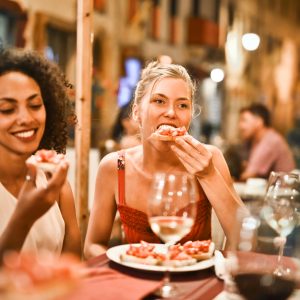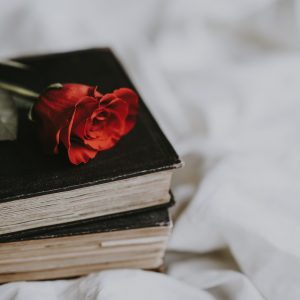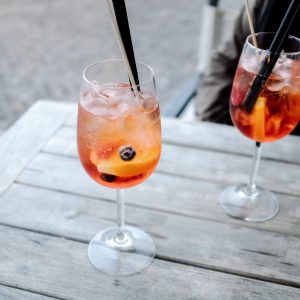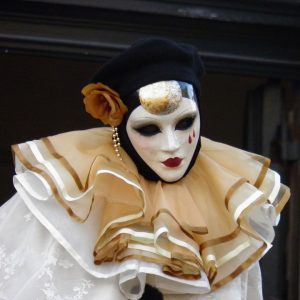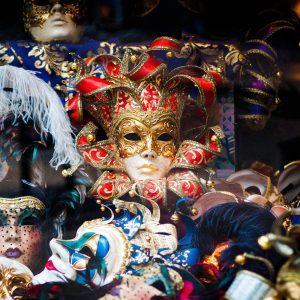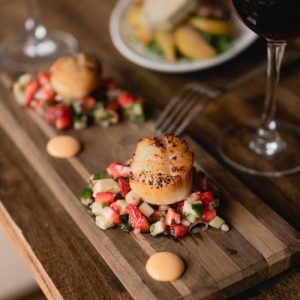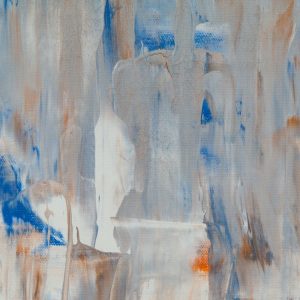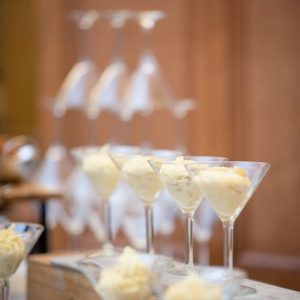From February 23 to June 9 it is possible to visit the exhibition Canaletto x Venezia at the Doge’s Palace. The Duke’s apartment opens the door to an exhibit that takes place in eleven rooms, which host 25 paintings of the artist Giovanni Antonio Canal, otherwise known as Canaletto. The artist’s paintings with other 80...
Tag: Centrale restaurant
Trio of homemade bruschette
The bruschetta is a typical dish of the Italian tradition that is spread throughout Italy and consequently the recipe has many variations. Centrale Restaurant offers you a Trio of homemade bruschette as meat appetizer: the three kinds are called Naples, Margherita and Diavola. The Naples bruschetta is characterised by the quality and the freshness of...
The feast of Saint Mark and the bocolo
On 25 April in Venice people celebrate not only the Liberation Day, but also the Feast of Saint Mark. The feast of Saint Mark appears during the serenissima Republic of Venice in the form of a great procession: the main religious and civil authorities of the city used to get together in the square of...
Aperitif? The Spritz is a must-have!
Centrale Restaurant offers a great variety of wines, but it doesn’t skimp on cocktails. The Spritz is obviously a must-have of the menu. The Spritz is an Italian alcoholic and aperitif long drink that comes from Veneto: in the middle of the 19th Century an Austrian costume spreads, which was to add some sparkling water...
The Venice Carnival: the origins
The Carnival is a festival without a fixed date, celebrated in countries with Catholic tradition. Today the festival has lost his religious nature, acquiring different connotations in the spirit of the joke and the fiction. From a Catholic viewpoint, the term derives from the Latin carnem levare, which means “remove the meat”, because it refers...
The masks of the Commedia: Harlequin
March is coming and Carnival is just days away. Let’s find out more about the history of the masks of the Commedia dell’arte beginning from the most famous one: Harlequin. Harlequin is a mask from Bergamo, whose personality is born from the fusion of the Zanni’s tradition – which are the masks that play the...
The symbolism of the scallop
The scallop is a bivalve mollusc that comes from the Mediterranean Sea: the white and fleshy part is the adductor muscle, while the softer flesh is called coral. It is a delicious, tasty and also low-calorie dish. It has many names because the seafood is linked to many stories and legends. It is called Shell...
The exhibition From Kandinsky to Botero
The immense and gothic Palazzo Zaguri in Campo San Maurizio is hosting the unmissable exhibition Da Kandinsky a Botero. Tutti in un filo. Called Tutti in un filo (“all in one thread”), the exhibition consists of one hundred articles woven to the frame with foresight and attention to the most subtle detail. It is a...
Everyone is in love with mascarpone
The mascarpone is a creamy and sweet cheese, recognised as a product of the Italian tradition by the Ministry of Agricultural, Food and Forestry Policies. It is typical of some areas of the Lombardia region, mainly of Lodi and Abbiategrasso. The name comes from the dialect term mascherpa or mascarpia, which means ricotta or cream....
Palazzo Fortunity presents Futuruins. Il corpo e la pietra
The museum Palazzo Fortuny is hosting the exhibition Futuruins. Il corpo e la pietra, a project created on a proposal from Dimitri Ozerkov, the director of the Neo-Contemporary department of the Hermitage in St. Petersburg in cooperation with the City of Venice and Fondazione Musei Civici di Venezia. The leitmotiv of the exhibition Futuruins is...


